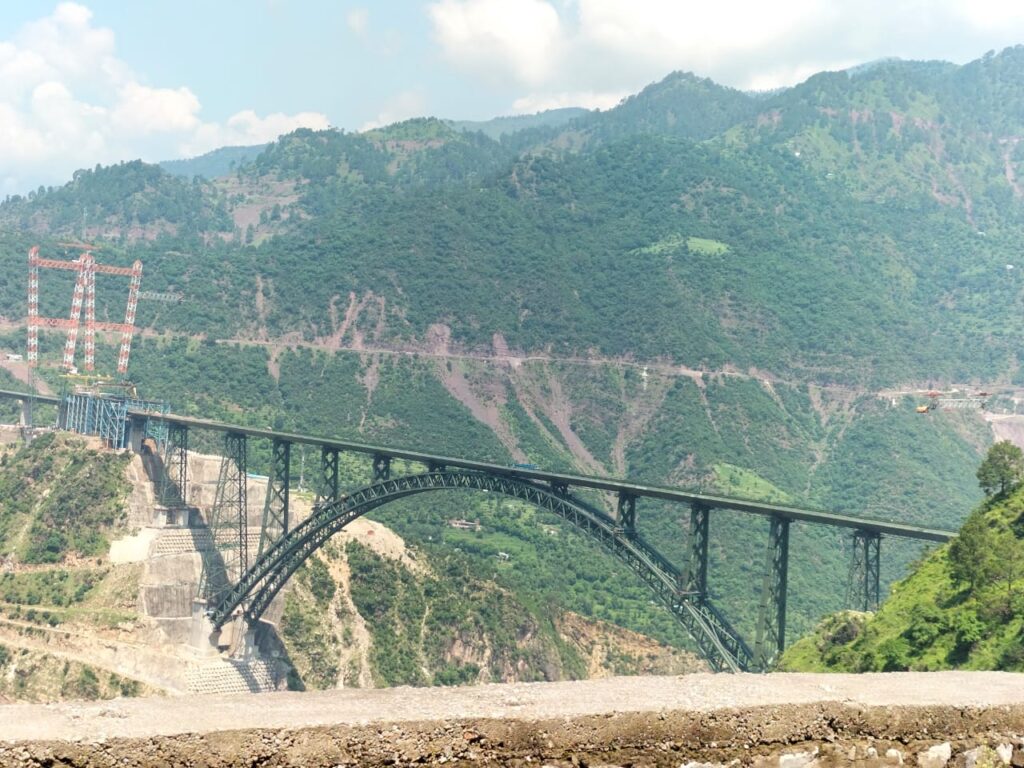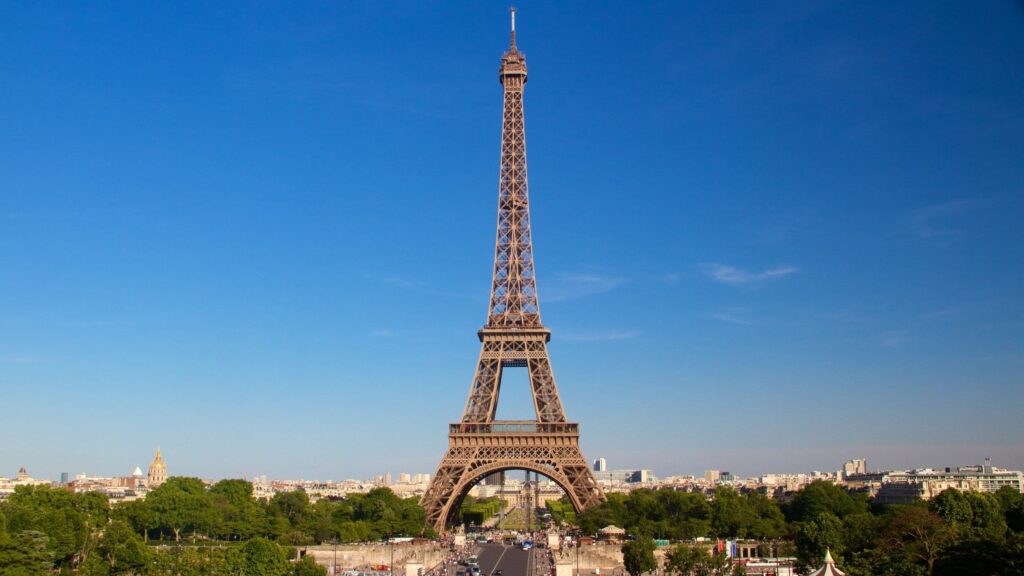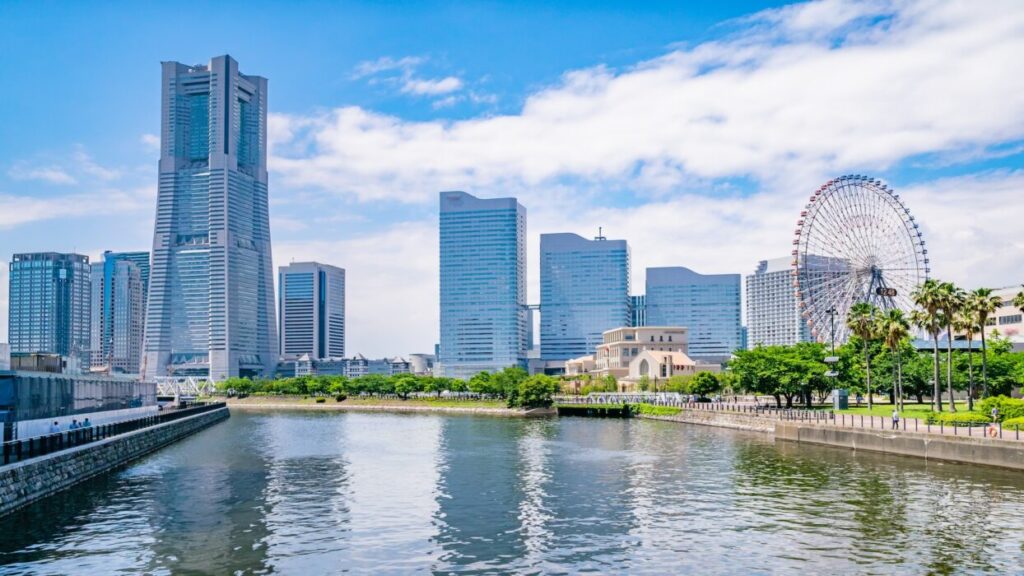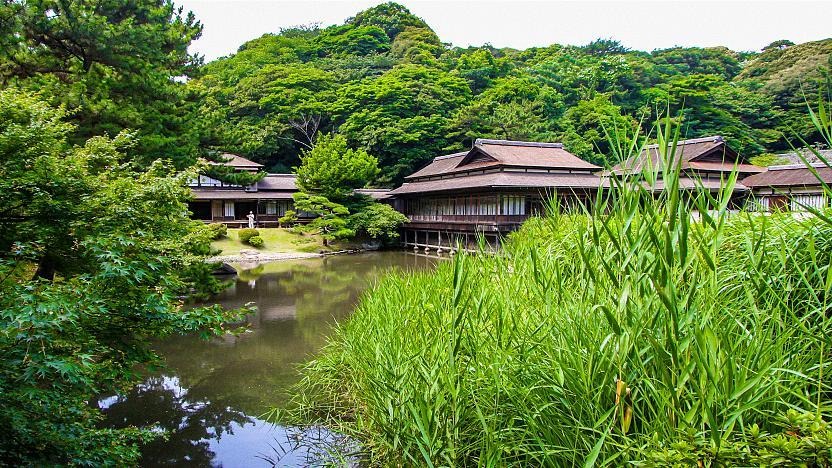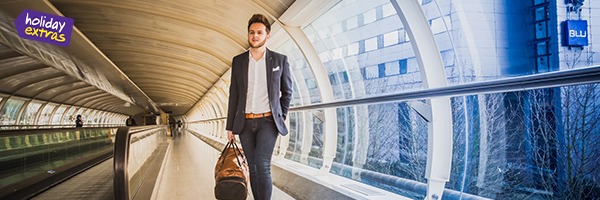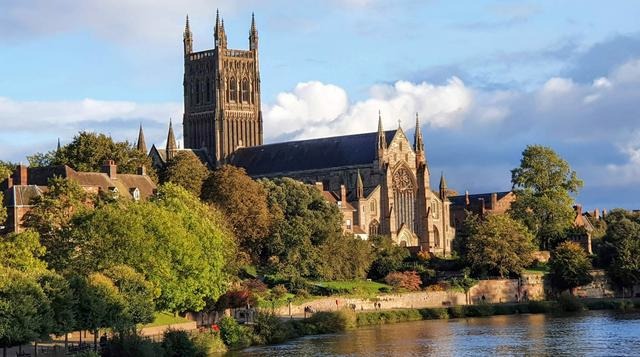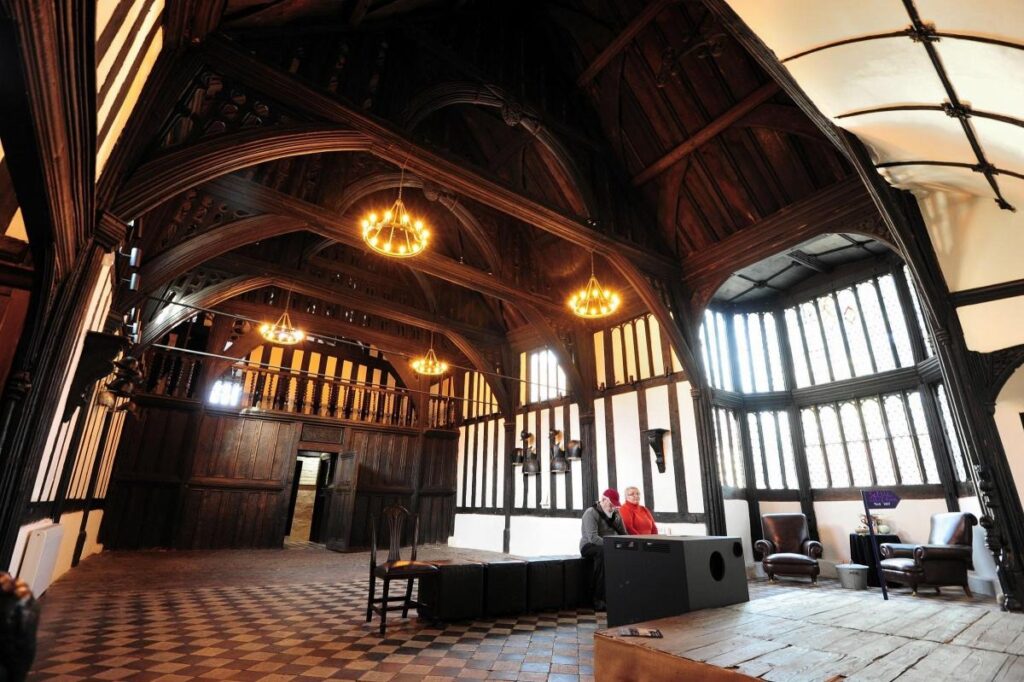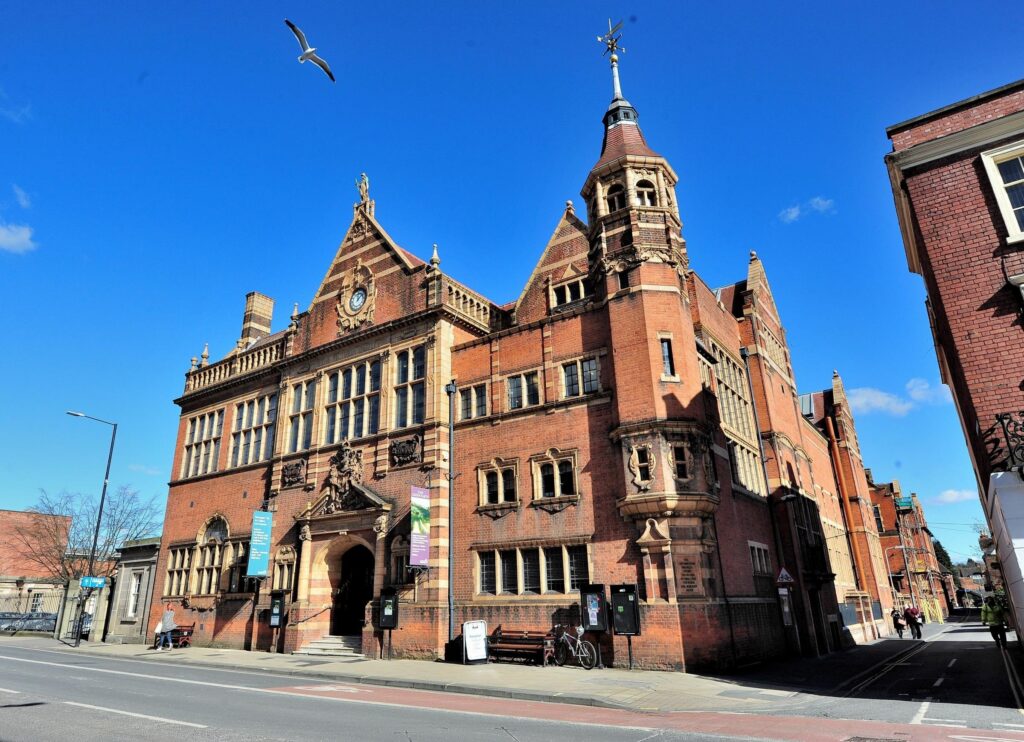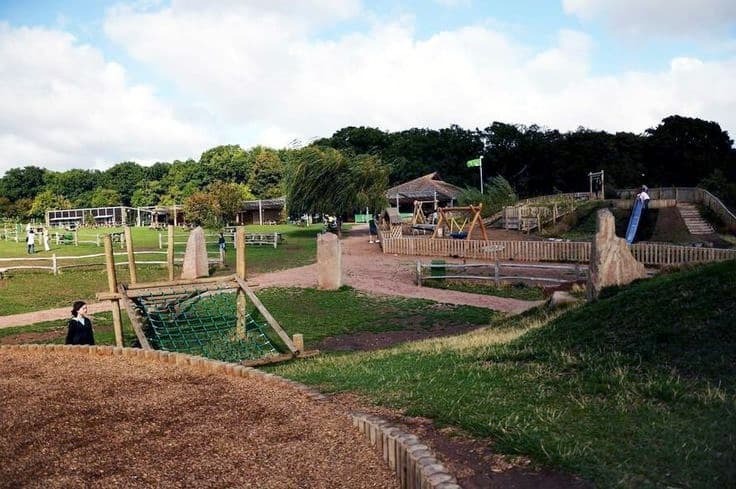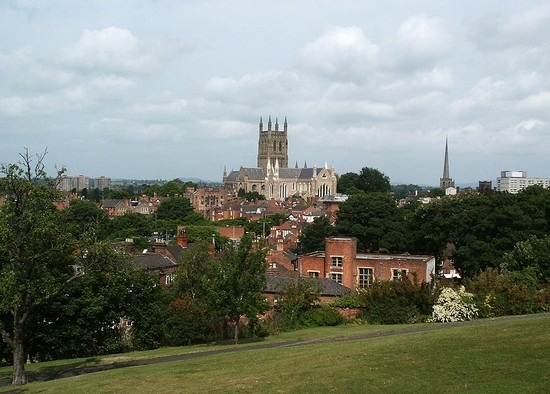The world’s highest railway bridge—the Chenab Bridge—stands as a monumental achievement in modern engineering and a symbol of India’s infrastructural prowess. Towering high above the Chenab River in the union territory of Jammu and Kashmir, this bridge isn’t just a feat of structural innovation; it’s also a reflection of human determination to connect even the most rugged terrains with the power of railways.
Introduction to the Chenab Bridge
Located between the towns of Bakkal and Kauri in the Reasi district, the Chenab Railway Bridge forms part of the Udhampur-Srinagar-Baramulla Rail Link (USBRL) project. This ambitious undertaking aims to integrate the Kashmir Valley with the rest of India via rail. What makes this bridge globally unique is not just its height, but the complex engineering that went into building it in one of the most challenging geographies in the world.
Key Statistics and Record-Breaking Heights
Here are some astonishing facts that define the scale of this bridge:
- Height: 359 meters (1,178 feet) above the Chenab River—35 meters higher than the Eiffel Tower.
- Length: 1,315 meters (4,314 feet), spanning a deep gorge in the Himalayas.
- Arch Span: 467 meters, making it one of the longest spans among railway arch bridges in the world.
- Location: Reasi district, Jammu and Kashmir, India.
- Completed: Structure completed in 2022; expected to be fully operational by mid-2024.
- Materials Used: Over 24,000 tonnes of steel.
The bridge surpasses the previous record-holder, the Najiehe Railway Bridge in China, which stands at around 305 meters. The Chenab Bridge is officially the highest railway bridge in the world in terms of height above riverbed level.
Engineering Challenges and Solutions
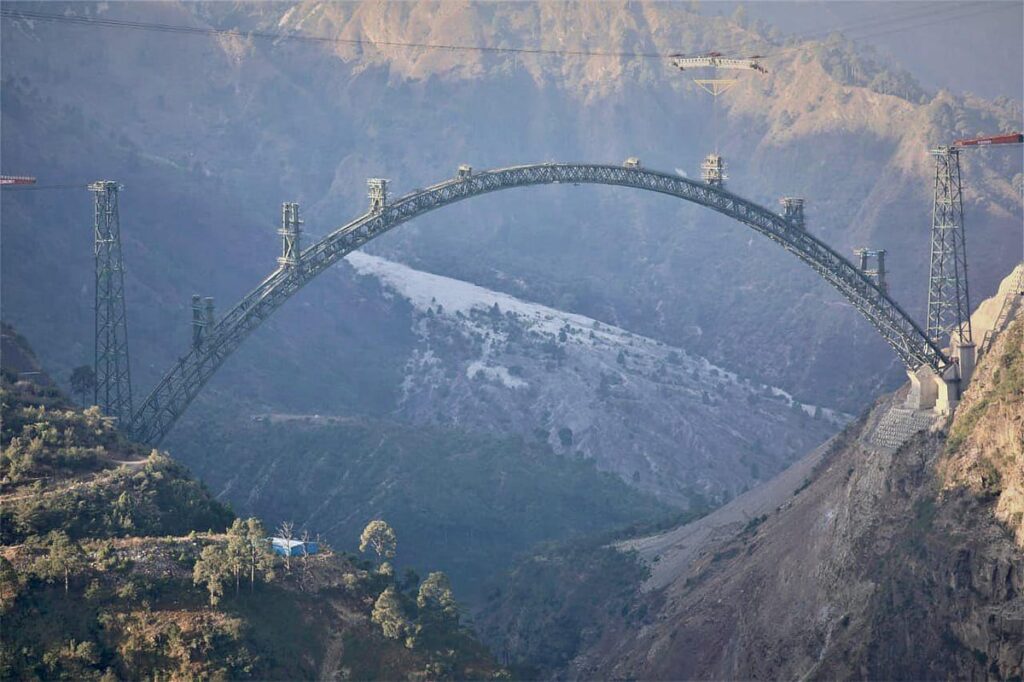
Building a bridge of such magnitude in an earthquake-prone, mountainous region came with a long list of challenges:
1. Geological Difficulties
The Himalayas are geologically young, fragile, and prone to landslides. The area around the Chenab River is no exception. Engineers conducted extensive surveys and geotechnical studies to identify the safest and most stable locations for the foundation.
2. Seismic Activity
This region lies in a high seismic zone. To address this, the bridge was designed to withstand earthquakes of up to 8.0 on the Richter scale. Engineers incorporated blast-resistant steel and flexible joints to absorb shocks.
3. Wind Speeds and Extreme Weather
The gorge is subject to strong wind currents. The bridge is designed to endure wind speeds of up to 260 km/h (162 mph). Aerodynamic stability was ensured through wind tunnel testing and simulations.
4. Remote Location
Transporting machinery, materials, and manpower to such a remote location was another major challenge. Helicopters were used for lifting materials, and temporary access roads had to be carved into the cliffs.
5. Safety Protocols
More than 1,300 workers and 300 engineers were involved, and stringent safety measures were adopted, including health check-ups, harnesses, and continuous drone surveillance.
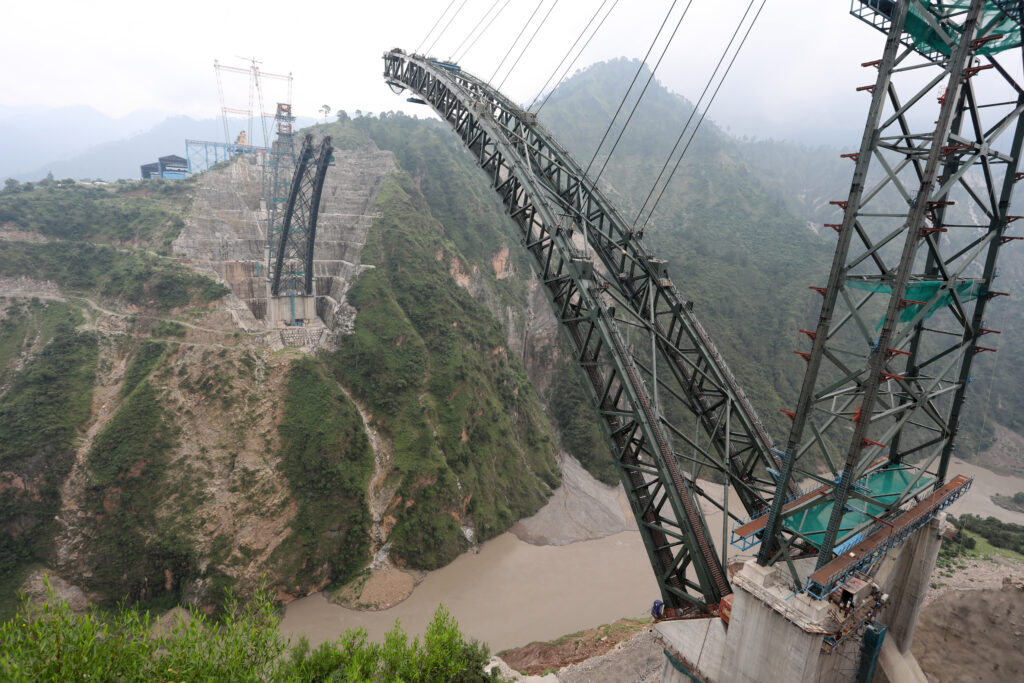
Technological Innovations
The Chenab Bridge integrated cutting-edge technology and methods:
- Deck Launching Method: To avoid working from below (as the terrain was inaccessible), segments of the bridge deck were launched from the abutments.
- Advanced GPS Monitoring: Continuous monitoring using sensors and GPS to detect even minute shifts in the structure.
- Composite Steel Arch: The use of weathering steel, which resists corrosion better than conventional steel, was a key choice due to the location’s climate.
Strategic and National Importance
Beyond its engineering marvel, the Chenab Bridge holds tremendous strategic value:
1. Connectivity
Once completed, the USBRL will connect Kashmir to the rest of India through an all-weather railway network. This is crucial for the economic and social development of the region, which has long been disconnected due to mountainous barriers.
2. Defense Logistics
The railway bridge will significantly boost the Indian Army’s ability to mobilize and transport defense equipment swiftly to the border areas, especially in case of emergencies.
3. Tourism
The bridge itself is expected to become a major tourist attraction, adding to the already picturesque landscape of Jammu and Kashmir. Panoramic views from passing trains will attract travelers from across the world.
Environmental Considerations
Despite the grandeur, environmental preservation remained a priority:
- Minimal Displacement: Efforts were made to ensure minimal displacement of local communities.
- Wildlife Protection: Special corridors were maintained to protect the movement of local wildlife.
- Sustainable Construction: Eco-friendly materials and minimal blasting techniques were employed to reduce environmental impact.
Global Recognition
The Chenab Bridge has earned international acclaim for:
- World’s Highest Railway Bridge (by height above river).
- Recognition from institutions like the American Society of Civil Engineers (ASCE).
- Potential to be included in global tourism circuits for engineering enthusiasts.
Timeline of Construction
- 2002: Conceptual planning begins.
- 2008: Actual construction initiated.
- 2011–2015: Work paused temporarily for safety redesigns.
- 2017–2022: Major structural work completed.
- 2024: Expected to be fully functional for passenger and freight services.
Despite delays, the perseverance and dedication of the engineers ensured that the bridge overcame every hurdle thrown its way.
Future Impact on the Region
The long-term benefits of this engineering marvel are immense:
- Improved Trade and Transport: Easier movement of goods and services between Kashmir and the rest of India.
- Job Opportunities: Both in construction and post-completion operations such as tourism and logistics.
- Enhanced Education and Healthcare: With better connectivity, rural areas will gain improved access to essential services.
Final Thoughts
The Chenab Railway Bridge isn’t just the world’s highest railway bridge—it’s a testament to what human ingenuity can achieve when faced with extreme challenges. Rising from the deep gorge of the Chenab River, this bridge not only links two points on a map but also connects communities, dreams, and futures.
As the Indian Railways prepares to open this engineering marvel to passenger traffic, the Chenab Bridge stands tall—not just in physical terms but also as a symbol of resilience, progress, and unity. It will continue to inspire future generations of engineers and travelers alike.

